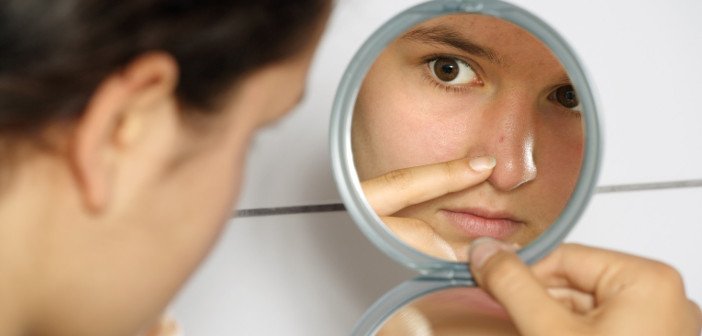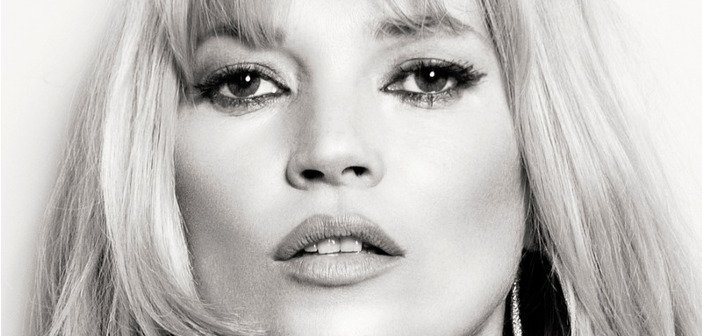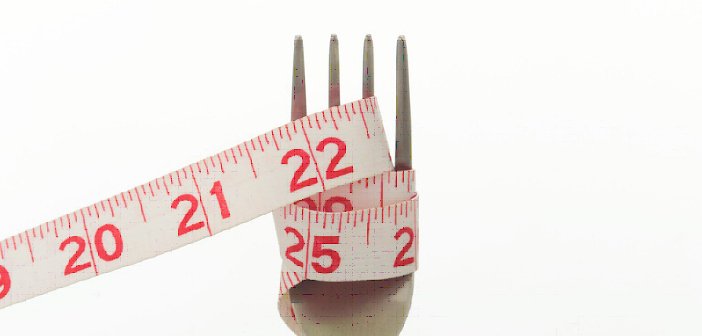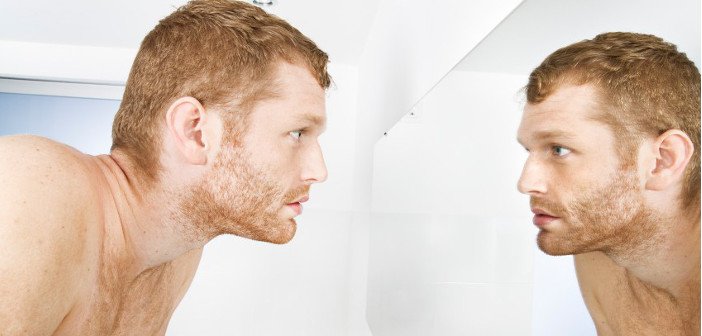Disordered Eating or Eating Disorder? The Effects of Body Dysmorphic Disorder
This week is Eating Disorder Awareness week – a time to promote understanding of the multitude of known eating disorders which may affect up to 3% of the population at any given time. Orthorexia – the preoccupation or obsession with ‘clean’ eating to the point where it becomes detrimental to one’s health – has become a focal point in the wake of TV programmes such as RTÉ’s Sugar Crash, which incited scaremongering and otherwise encouraged the clean-eating obsession that has gripped the country over the past few years.
What is perhaps less known, however, is that eating disorders often do not exist on their own. Almost 50% of all people suffering with an eating disorder also suffer from depression. A common co-morbidity seen in eating disorder sufferers is the presence of Body Dysmorphic Disorder – “a preoccupation with an imagined physical defect in appearance or an over-exaggerated concern about a minimal defect.”

Although this preoccupation may relate to any perceived flaw (for example, nose size or face shape) it can often manifest as a distortion of weight or size. For a person who may have already or could go on to develop anorexia, bulimia or EDNOS, BDD could be a resulting factor in that person believing that they are fat, or that the weight on the scales does not match up to their physical appearance. This can be caused by the internalisation of the ‘Thin Ideal.’ [pullquote]Just as not every eating disorder sufferer will have BDD, not every BDD sufferer will develop an eating disorder.[/pullquote]
While 50-70% of adolescent girls report dissatisfaction with their body appearance, the internalisation of the Thin Ideal is thought to be the beginning of the behaviours which may lead to disordered eating. The Thin Ideal is often supported by Tumblr blogs dedicated to photo after photo of ‘perfect’ girls, and is supported by quotes from the Duchess of Windsor – “you can never be too rich or too thin” – and Kate Moss – “nothing tastes as good as skinny feels” – which are both relatively well known concepts in Western society today.
So what is BDD, and what are its symptoms? As with all illnesses there are a variety of criteria, and not every BDD sufferer will meet them all. Just as not every eating disorder sufferer will have BDD, not every BDD sufferer will develop an eating disorder.

Symptoms of BDD include self-consciousness or a preoccupation with appearance, frequent examination of or total avoidance of mirrors, a strong focus on a ‘flaw’ that the sufferer believes makes them appear ugly, belief that others view the ‘flaw’ with the same intensity and disgust as the sufferer does, avoidance of social situations as a result of the ‘flaw,’ frequent cosmetic procedures, excessive grooming or exercising to mask the ‘flaw,’ and comparisons to others’ appearances.
The list of potential symptoms is non-exhaustive and can manifest in different ways. For someone who might also go on to suffer from an eating disorder, that ‘flaw’ may be their weight or size or shape. They may spend a lot of time checking their ‘flaws’ in the mirror, feeling almost compelled to do so. They may spend hours dressing or applying makeup to draw attention away from the perceived ‘flaw.’ They may refuse to socialise or enter situations which requires them to get dressed up or wear something that doesn’t mask the ‘flaw’ as well as they’d like it to.

Understanding those behaviours can make it very easy to see how levels of appearance preoccupation can lead to unhealthy eating habits, which may lead to disordered eating, which may lead to an eating disorder.[pullquote]Understanding those behaviours can make it very easy to see how levels of appearance preoccupation can lead to unhealthy eating habits, which may lead to disordered eating, which may lead to an eating disorder.[/pullquote]
If this is the first time you’ve heard about Body Dysmorphic Disorder, take a second to ask yourself why. This may lie with the fact that a BDD sufferer is ashamed of their appearance. Reaching out for help may seem impossible as – especially with the absence of disordered eating – it’s probably easy enough for the suffer to convince themselves that their behaviour is non-problematic. Not only that, but constantly peering into mirrors, spending hours dressing, or constantly seeking reassurance may be misconstrued as vanity, when in reality it could not be further from that.
Distress levels experienced by those with BDD may become so severe that they could find themselves at risk of suicide. While their distress may be incomprehensible and seem incredibly disproportionate to someone who does not understand the disorder, it is of extreme importance that a BDD sufferer’s distress is taken seriously. Disordered eating may not be apparent at this stage, but if you notice this behaviour in yourself, or in someone you love – pay attention.

Getting help for BDD is possible. The first step, as always, is attending your GP for a referral to a psychiatrist or clinical psychologist, as accurate diagnosis is key. Treatment usually comes in the form of Cognitive Behavioural Therapy, with the sufferer potentially working alongside a nutritionist if disordered eating is present. There is also evidence that SSRIs (antidepressants) can help alleviate the obsessive nature of BDD, although these should be discussed in depth with your psychiatrist or prescriber before taking them.
Organisations such as Bodywhys also provide online support groups, with a separate group for teen sufferers. If you don’t need help but are in the position to give help, check out their website and look into volunteering. The criteria is clear and they offer a great support network for their volunteers. Eating Disorder Awareness Week is not just for eating disorder sufferers – it’s for anyone who’s willing to learn and for anyone who’s willing to help those who need it.
